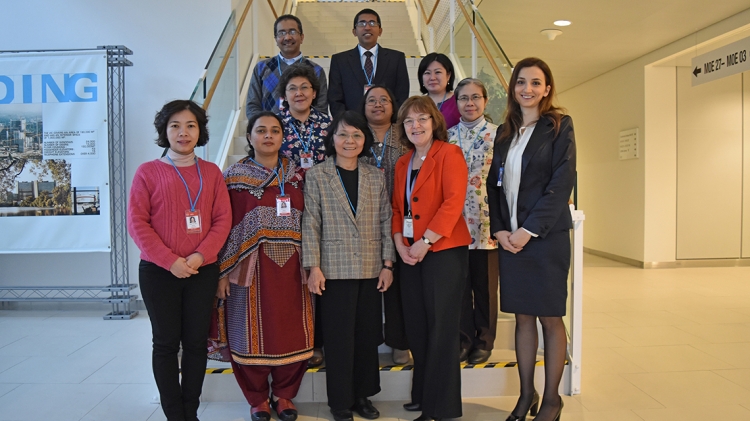The IAEA is supporting its Member States in the Asia and the Pacific region to ensure the healthy growth of young children through the regional project RAS6073, titled ‘Using Stable Isotopes to Monitor Situations and Interventions for Promoting Infant and Young Child Nutrition’. The objective of the project is to inform decision-makers on the effectiveness of breastfeeding promotion campaigns in support of the World Health Organization’s recommendation of exclusive breastfeeding for the first 6 months, and the World Health Assembly Target to increase exclusive breastfeeding rates in the first 6 months to at least 50% by 2025.
National project coordinators from Bangladesh, Indonesia, Malaysia, Mongolia, Pakistan, Sri Lanka, Thailand and Viet Nam met in Vienna from 15-19 February to review the progress of the project, which is using a stable isotope technique to accurately assess whether a child is exclusively breastfed, and to measure the amount of breast milk consumed by the child. The success of exclusive breastfeeding campaigns is usually assessed by asking mothers what they fed their babies in the previous 24 hours, but this information is often biased and may not reflect the feeding practices over a longer time period.





